Tiniba
✅ Treats bacterial infections
✅ Fights protozoal infections
✅ Alleviates symptoms quickly
✅ Well-tolerated medication
✅ Single-dose convenience
Tiniba contains Tinidazole.
Product Overview
Tiniba is a pharmaceutical formulation containing Tinidazole as its active component. As a member of the nitroimidazole class of antimicrobial agents, it exhibits broad-spectrum activity against various bacterial and protozoal pathogens. The therapeutic action of Tiniba involves interference with microbial DNA integrity, resulting in either microbial cell death or growth inhibition. This medication is manufactured in multiple dosage forms, including tablets and oral suspensions, and is clinically indicated for the management of infections such as trichomoniasis, giardiasis, amoebiasis, and bacterial vaginosis.
Therapeutic Indications
Tiniba is clinically employed for the treatment of protozoal and anaerobic bacterial infections, specifically targeting:
– Trichomoniasis (a sexually transmitted protozoal infection caused by Trichomonas vaginalis)
– Giardiasis (an intestinal infection caused by Giardia lamblia)
– Amoebiasis (caused by Entamoeba histolytica)
– Bacterial vaginosis (resulting from vaginal microbial imbalance)
These conditions typically manifest with symptoms including abnormal discharge, pruritus, diarrhea, and abdominal discomfort.
Administration Guidelines
For optimal therapeutic outcomes, Tiniba should be administered orally with adequate water, either with or without food, strictly adhering to the prescribing physician’s instructions. The treatment regimen (dosage and duration) should be tailored according to the specific infection type and clinical severity. Completion of the entire prescribed course is imperative, even with symptom resolution, to prevent microbial resistance and infection recurrence. Concomitant alcohol consumption is contraindicated during therapy and for a minimum of 72 hours post-treatment due to potential adverse reactions including severe nausea, emesis, and cephalalgia.
Mechanism of Action
Tiniba exerts its pharmacologic effect through selective disruption of microbial nucleic acid synthesis. The compound undergoes intracellular reduction, generating reactive intermediates that cause DNA strand breakage, thereby inhibiting replication processes in susceptible microorganisms. This mechanism demonstrates particular efficacy against anaerobic pathogens and protozoa that proliferate in hypoxic environments.
Dosage Protocol
The posology of Tiniba is infection-specific:
– Adult dosage: Typically 2g as a single daily dose for 2-5 days
– Pediatric dosage: 50-75mg/kg/day, divided into two administrations
Precise dosing should be determined by a healthcare professional based on individual patient factors and infection characteristics.
Therapeutic Advantages
Tiniba offers significant clinical benefits including:
– Broad-spectrum antimicrobial coverage
– Effective resolution of infection-related symptoms
– Convenient dosing regimen
– High bioavailability
The medication facilitates rapid symptomatic relief while addressing the underlying infectious etiology.
Adverse Effects
Common adverse drug reactions may include:
– Gastrointestinal disturbances (nausea, vomiting, abdominal discomfort)
– Neurological symptoms (headache, dizziness)
– Dysgeusia (metallic taste perception)
These effects are generally self-limiting and dose-dependent. Persistent or severe reactions warrant medical consultation.
Precautions
Clinical vigilance is recommended in:
– Patients with known hypersensitivity to nitroimidazole derivatives
– Individuals with CNS disorders
– Those requiring psychomotor task performance
A comprehensive medical history review and risk assessment should precede therapy initiation.
Storage Conditions
Maintain Tiniba preparations:
– At controlled room temperature (15-30°C)
– Protected from humidity and light exposure
– In child-resistant containers
Refrigeration and bathroom storage are contraindicated.
Disclaimer:
The information provided herein is intended for educational purposes only and represents current pharmacological knowledge. This content does not encompass all potential clinical considerations, including complete adverse effect profiles, contraindications, or drug interactions. Medical professionals should be consulted for personalized therapeutic recommendations. This material aims to supplement, not substitute, professional medical judgment and the clinician-patient relationship. All therapeutic decisions should be made following comprehensive clinical evaluation.
| Strength | 500 mg |
|---|---|
| Quantity | 30 Tablet/s, 60 Tablet/s, 90 Tablet/s, 180 Tablet/s |
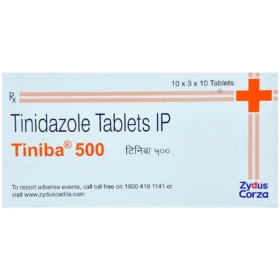 Tiniba
Tiniba









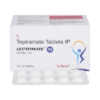
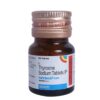
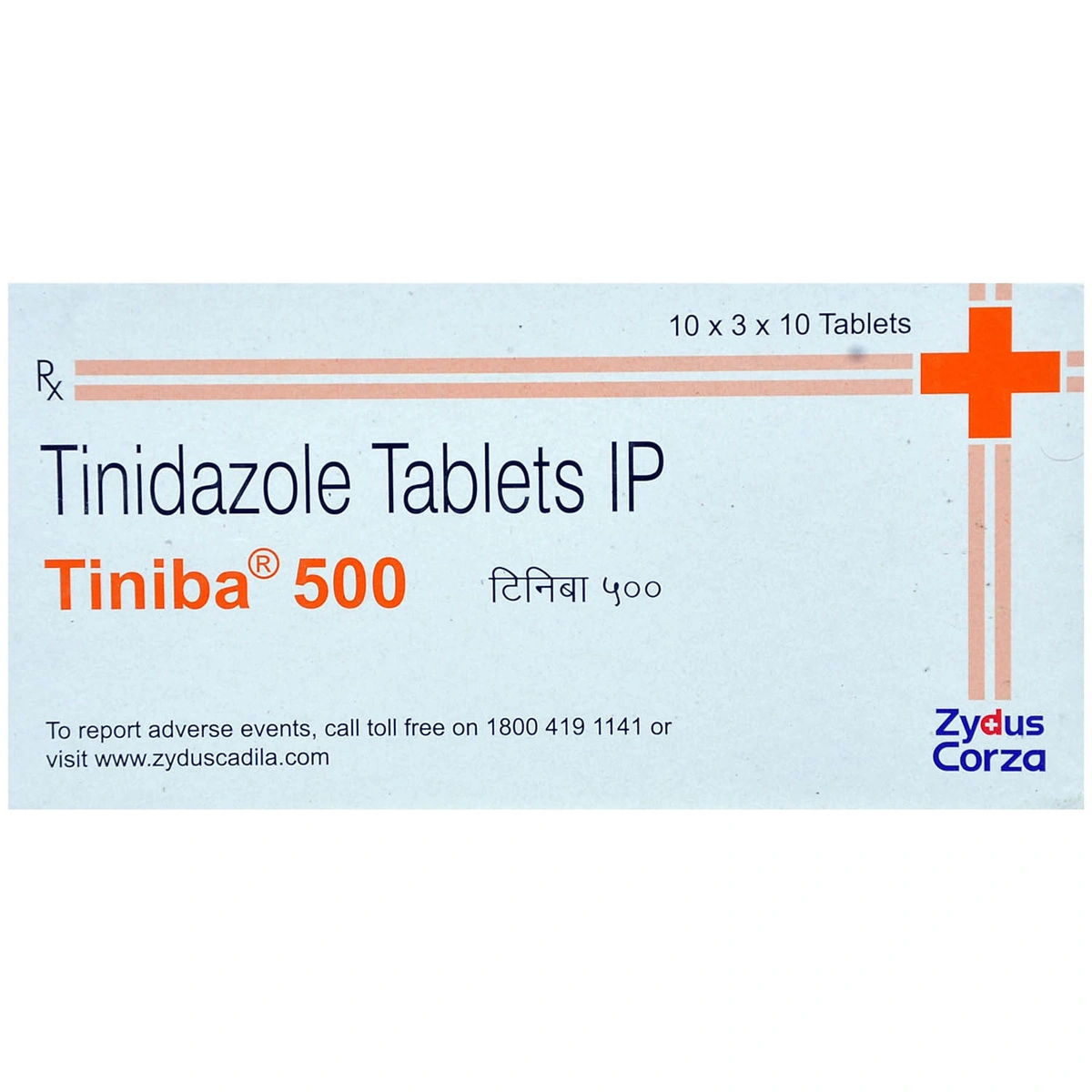
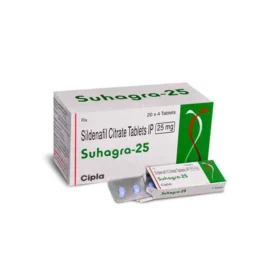

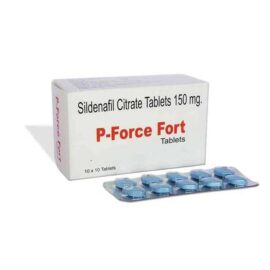
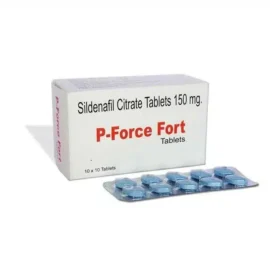
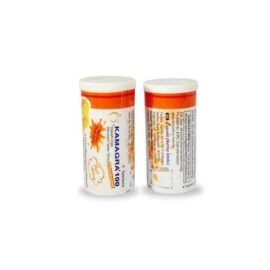
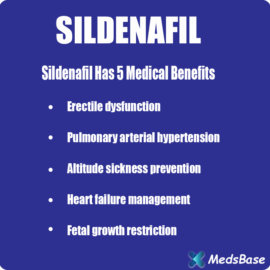
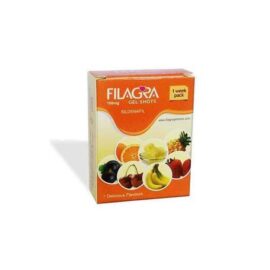

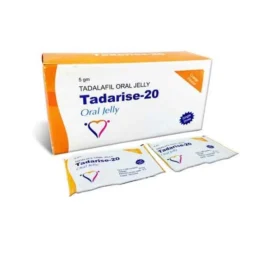
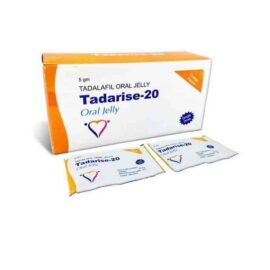


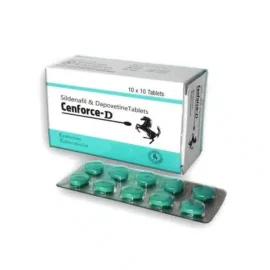
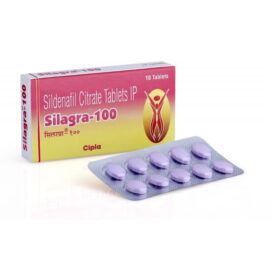

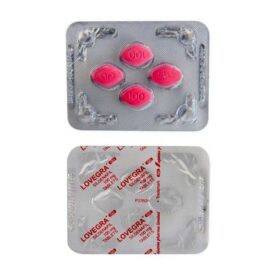

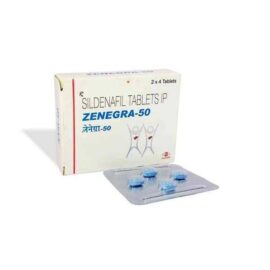
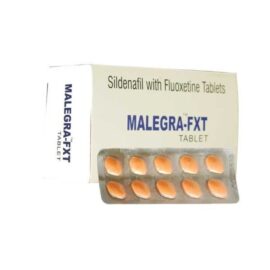
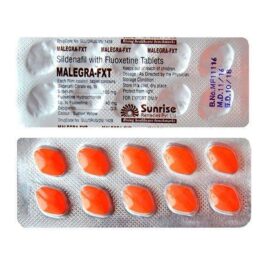
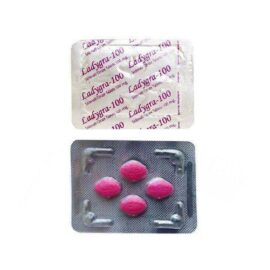
Reviews
There are no reviews yet